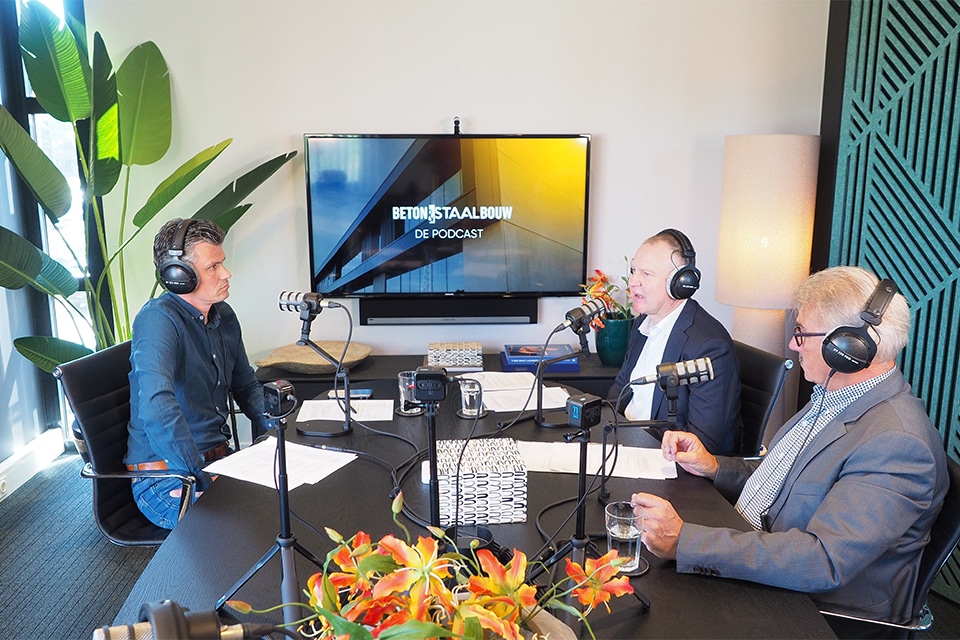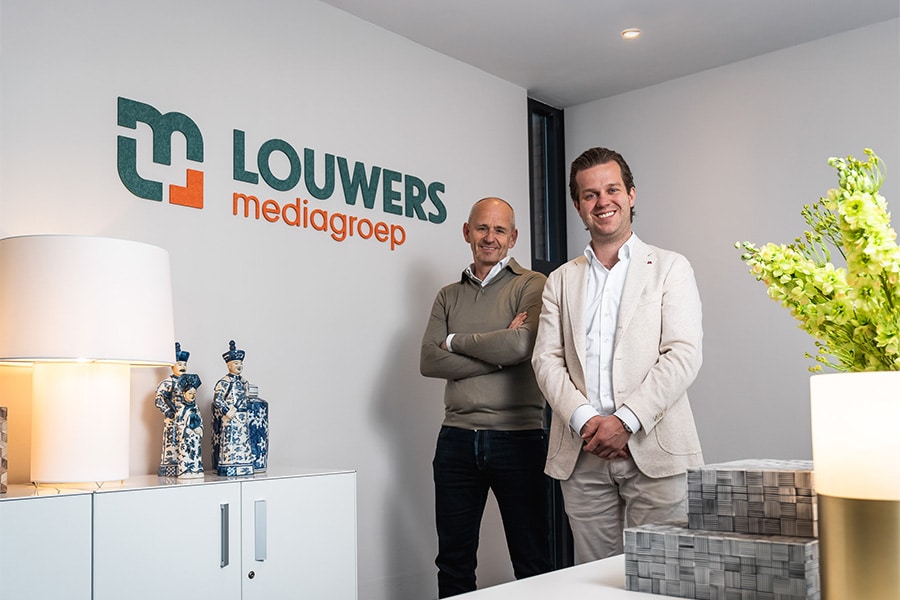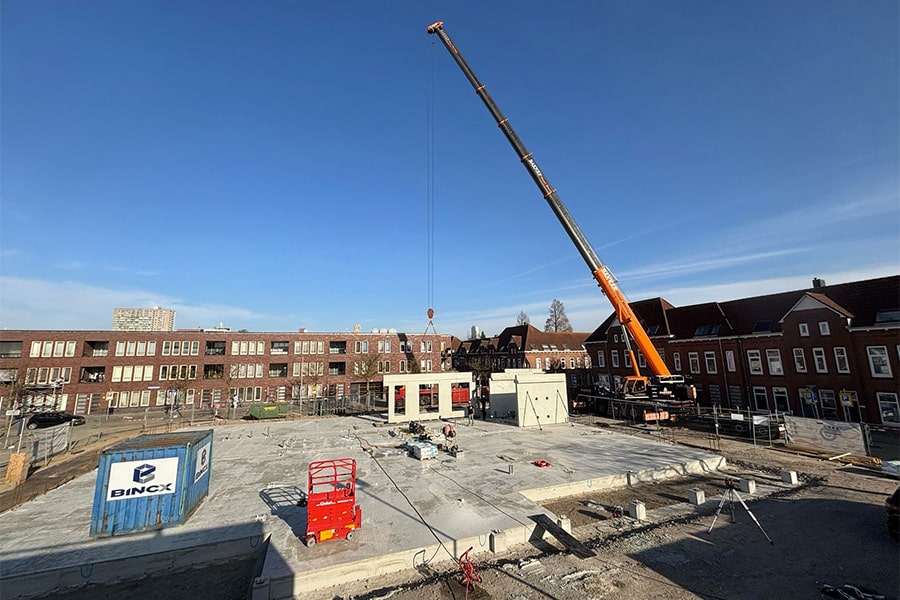
The connecting power of area development
Area development is still a relatively young profession in the world of construction. It only really came into vogue at the end of the last century with the development of the Vinex locations. Before then, property developers were mainly concerned with the development of individual buildings. So that has changed considerably in a few decades.
Both within the city and beyond, we have learned how to create complete residential areas, a process that often involves a multitude of parties and stakeholders. While the Vinex areas initially focused primarily on housing, we now know that various functions that reinforce each other - whether in temporary form or not - make an area attractive.
Monofunctional, for example living, working or shopping, has made way for mixed-use. This diversity makes area development a tremendously beautiful and inspiring profession that constantly demands new knowledge and responds to major social challenges, such as sustainability (energy, climate challenge and circularity) and affordability.
Not for nothing was the Area Development Knowledge Foundation established 15 years ago for this purpose.
For the near future, the bar in terms of ambitions, knowledge, expertise and urgency will only be raised even higher, is my expectation. We are facing major issues in the Netherlands, many of which have spatial consequences.
You name it: climate change, aging, the future of agriculture, energy transition, new forms of mobility and, last but not least, the enormous desired production of one million homes. All of these tasks must be given a place, often in combined form, on our country's scarce land. This cannot be achieved by tackling them piece by piece and sector by sector. It is an approach that I unfortunately still see a lot of in practice. And, which not infrequently leads to frustrations, such as the planned construction of some wind farms. Approached purely as an energy solution from the top down, the consequences are major discussions and lack of support.
Filling in the space plot by plot - each by its own client with its own designer and builder - is also out of date. Because of this fragmentation, we fail to realize the overarching and area-oriented ambitions. Themes such as sustainability, mobility and the 'inclusive' city can in fact be realized much better by securing them at the highest level of scale. In particular, functions that do not or not directly generate money but are of great social importance - such as the provision of breeding places and places for urban agriculture - must also be included in the area development from the outset and be allocated a place in it (also in the land and real estate exploitation).
Abroad, I see inspiring examples of area transformations that can also be very applicable to the Dutch situation. This will only require new ways of working from both public and private parties. Both must take responsibility for this. It is about an integral and future-proof quality of life, which we want to realize together. This means that we must also look integrally at existing and new areas - with all parties involved.
At courses such as the Master City Developer in Rotterdam, this mindset and this new way of working is taught to the urban developers of the future. We can also learn from this more broadly in our real estate sector. We must have the courage to cooperate, but also the courage to let go and give something to others. We have to organize the commissioning of 'area development 2.0' in a different way, in which not only the government but also market parties commit themselves to area developments for a longer period of time.
For the future - as the conversation about the new round of urbanization sites is in full swing - therein lies a major challenge.



